Alejandro Aravena of Chile receives the 2016 Pritzker Architecture Prize
He practices architecture as an artful endeavor in private commissions and in designs for the public realm and epitomizes the revival of a more socially engaged architect. Chicago, IL (January 13, 2016) — Alejandro Aravena of Chile has been selected as the 2016 Pritzker Architecture Prize Laureate, Tom Pritzker announced today. Mr. Pritzker is Chairman and President of The Hyatt Foundation, which sponsors the prize. The formal award ceremony for what has come to be known internationally as architecture’s highest honor will be at United Nations Headquarters in New York on April 4, 2016.
The 48-year-old Aravena is an architect based in Santiago, Chile. He becomes the 41st laureate of the Pritzker Prize, the first Pritzker Laureate from Chile, and the fourth from Latin America, after Luis Barragán (1980), Oscar Niemeyer (1988), and Paulo Mendes da Rocha (2006). Mr. Pritzker said, “The jury has selected an architect who deepens our understanding of what is truly great design. Alejandro Aravena has pioneered a collaborative practice that produces powerful works of architecture and also addresses key challenges of the 21st century. His built work gives economic opportunity to the less privileged, mitigates the effects of natural disasters, reduces energy consumption, and provides welcoming public space. Innovative and inspiring, he shows how architecture at its best can improve people’s lives.”
Aravena has completed remarkable buildings at the esteemed Universidad Católica de Chile in Santiago, including the UC Innovation Center – Anacleto Angelini (2014), the Siamese Towers (2005), Medical School (2004), School of Architecture (2004), and the Mathematics School (1999). These energy-efficient buildings respond to the local climate with innovative, efficient facades and floor plans and offer the users natural light and convivial meeting places. Currently under construction in Shanghai, China, is an office building for healthcare company Novartis, with office spaces designed to accommodate different modes of work — individual, collective, formal and informal. In the United States, Aravena has built St. Edward’s University Dorms (2008) in Austin, Texas.
Since 2001, Aravena has been executive director of the Santiago-based ELEMENTAL, a “Do Tank,” as opposed to a think tank, whose partners are Gonzalo Arteaga, Juan Cerda, Victor Oddó, and Diego Torres. ELEMENTAL focuses on projects of public interest and social impact, including housing, public space, infrastructure, and transportation. ELEMENTAL has designed more than 2,500 units of low-cost social housing.
A hallmark of the firm is a participatory design process in which the architects work closely with the public and end users. ELEMENTAL is also known for designing social housing that they call “half of a good house,” in which the design leaves space for the residents to complete their houses themselves and thus raise themselves up to a middle-class standard of living. This innovative approach, called “incremental housing,” allows for social housing to be built on more expensive land closer to economic opportunity and gives residents a sense of accomplishment and personal investment.
Jury Citation
Alejandro Aravena is leading a new generation of architects that has a holistic understanding of the built environment and has clearly demonstrated the ability to connect social responsibility, economic demands, design of human habitat and the city. Few have risen to the demands of practicing architecture as an artful endeavor, as well as meeting today`s social and economic challenges. Aravena, from his native Chile, has achieved both, and in doing so has meaningfully expanded the role of the architect.
Biography
Alejandro Aravena was born on June 22, 1967, in Santiago, Chile. He graduated as an architect from the Universidad Católica de Chile in 1992. In 1994, he established his own practice, Alejandro Aravena Architects. Since 2001 he has been leading ELEMENTAL, a “Do Tank” focusing on projects of public interest and social impact, including housing, public space, infrastructure, and transportation.
ELEMENTAL has built work in Chile, The United States, Mexico, China and Switzerland. After the 2010 earthquake and tsunami that hit Chile, ELEMENTAL was called to work on the reconstruction of the city of Constitucion, Chile. Aravena`s partners in ELEMENTAL are Gonzalo Arteaga, Juan Cerda, Victor Oddó and Diego Torres. Alejandro Aravena is the Director of the Venice Architecture Biennale 2016. He was a speaker at TEDGlobal in Rio de Janeiro, Brazil, in 2014. He was a member of the Pritzker Architecture Prize Jury from 2009 to 2015.
In 2010 he was named International Fellow of the Royal Institute of British Architects and identified as one of the 20 new heroes of the world by Monocle magazine. He is a Board Member of the Cities Program of the London School of Economics since 2011; Regional Advisory Board Member of the David Rockefeller Center for Latin American Studies; Board Member of the Swiss Holcim Foundation since 2013; Foundational Member of the Chilean Public Policies Society; and Leader of the Helsinki Design Lab for SITRA, the Finnish Government Innovation Fund. He was one of the 100 personalities contributing to the Rio +20 Global Summit in 2012.
Aravena was a Professor at the Harvard Graduate School of Design (2000 and 2005); and also taught at Istituto Universitario di Architettura di Venezia (2005), Architectural Association in London (1999), and London School of Economics. He has held the ELEMENTAL Copec Chair at Universidad Católica de Chile since 2006.
Author of Los Hechos de la Arquitectura (Architectural Facts, 1999), El Lugar de la Arquitectura (The Place in/of Architecture, 2002) and Material de Arquitectura (Architecture Matters, 2003). His work has been published in more than 50 countries, Electa published the monograph Alejandro Aravena; progettare e costruire (Milan, 2007) and Toto published Alejandro Aravena; the Forces in Architecture (Tokyo, 2011). Hatje-Cantz published the first monograph dedicated to the social housing projects of ELEMENTAL: Incremental Housing and Participatory Design Manual (Berlin, 2012) launched at the 12th International Architecture Exhibition of la Biennale di Venezia.
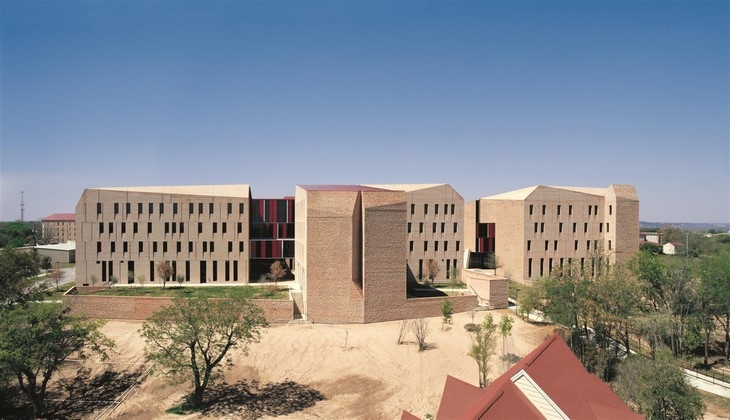 ST. EDWARD?S UNIVERSITY DORMS, 2008, AUSTIN, TEXAS, USA PHOTO BY CRISTOBAL PALMA
ST. EDWARD?S UNIVERSITY DORMS, 2008, AUSTIN, TEXAS, USA PHOTO BY CRISTOBAL PALMA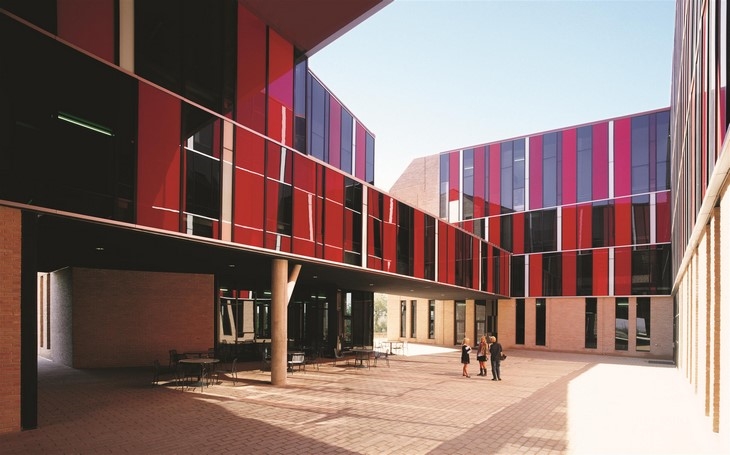 ST. EDWARD?S UNIVERSITY DORMS, 2008, AUSTIN, TEXAS, USA PHOTO BY CRISTOBAL PALMA
ST. EDWARD?S UNIVERSITY DORMS, 2008, AUSTIN, TEXAS, USA PHOTO BY CRISTOBAL PALMA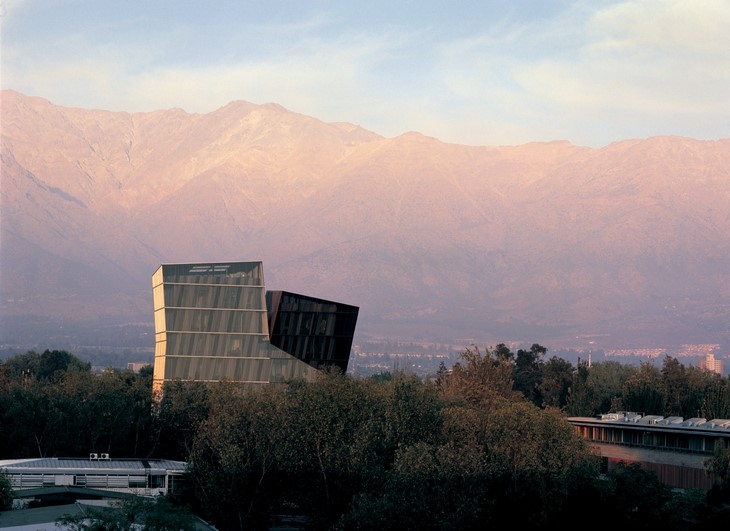 SIAMESE TOWERS, 2005, SAN JOAQUÍN CAMPUS, UNIVERSIDAD CATÓLICA DE CHILE, SANTIAGO, CHILE, UNIVERSITY CLASSROOMS AND OFFICES PHOTO BY CRISTOBAL PALMA
SIAMESE TOWERS, 2005, SAN JOAQUÍN CAMPUS, UNIVERSIDAD CATÓLICA DE CHILE, SANTIAGO, CHILE, UNIVERSITY CLASSROOMS AND OFFICES PHOTO BY CRISTOBAL PALMA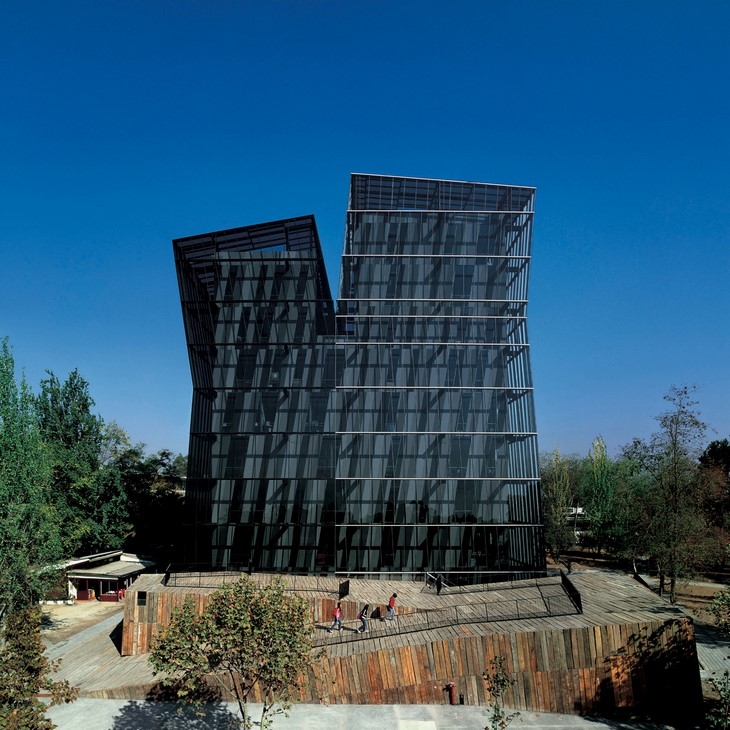 SIAMESE TOWERS, 2005, SAN JOAQUÍN CAMPUS, UNIVERSIDAD CATÓLICA DE CHILE, SANTIAGO, CHILE, UNIVERSITY CLASSROOMS AND OFFICES PHOTO BY CRISTOBAL PALMA
SIAMESE TOWERS, 2005, SAN JOAQUÍN CAMPUS, UNIVERSIDAD CATÓLICA DE CHILE, SANTIAGO, CHILE, UNIVERSITY CLASSROOMS AND OFFICES PHOTO BY CRISTOBAL PALMA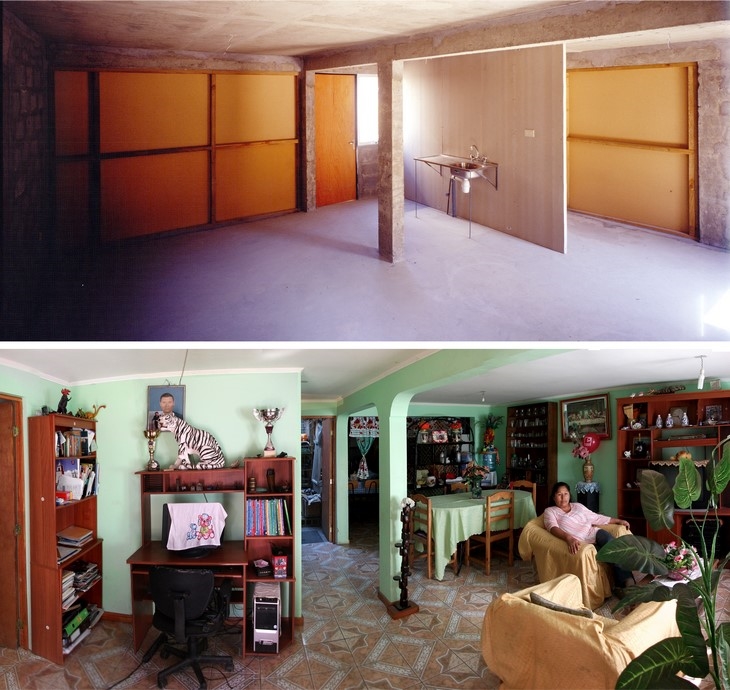 QUINTA MONROY HOUSING, 2004, IQUIQUE, CHILE TOP: PHOTO BY LUDOVIC DUSUZEAN ? INTERIOR OF A ?GOOD HOUSE? FINANCED WITH PUBLIC MONEY. BOTTOM: PHOTO BY TADEUZ JALOCHA ? MIDDLE-CLASS STANDARD ACHIEVED BY THE RESIDENTS THEMSELVES.
QUINTA MONROY HOUSING, 2004, IQUIQUE, CHILE TOP: PHOTO BY LUDOVIC DUSUZEAN ? INTERIOR OF A ?GOOD HOUSE? FINANCED WITH PUBLIC MONEY. BOTTOM: PHOTO BY TADEUZ JALOCHA ? MIDDLE-CLASS STANDARD ACHIEVED BY THE RESIDENTS THEMSELVES.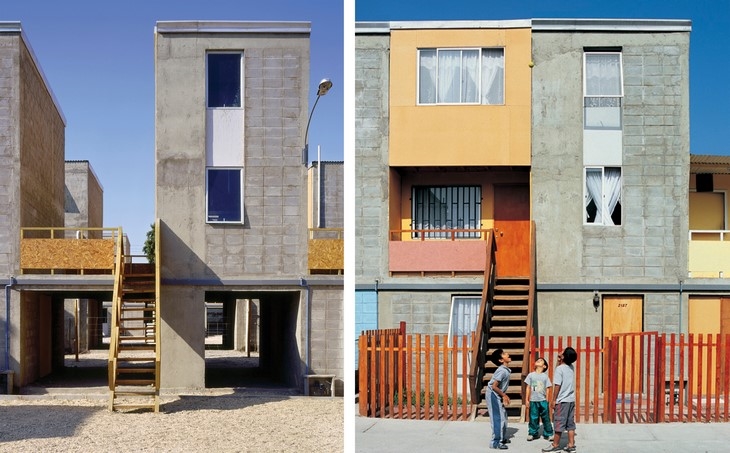 QUINTA MONROY HOUSING, 2004, IQUIQUE, CHILE PHOTOS BY CRISTOBAL PALMA ? LEFT: ?HALF OF A GOOD HOUSE? FINANCED WITH PUBLIC MONEY. RIGHT: MIDDLE-CLASS STANDARD ACHIEVED BY THE RESIDENTS THEMSELVES.
QUINTA MONROY HOUSING, 2004, IQUIQUE, CHILE PHOTOS BY CRISTOBAL PALMA ? LEFT: ?HALF OF A GOOD HOUSE? FINANCED WITH PUBLIC MONEY. RIGHT: MIDDLE-CLASS STANDARD ACHIEVED BY THE RESIDENTS THEMSELVES.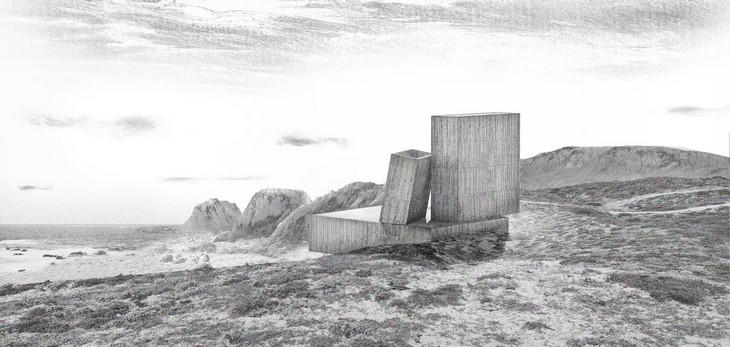 OCHO QUEBRADAS HOUSE, 2013 – ONGOING, LOS VILOS, CHILE RENDERING BY ELEMENTAL
OCHO QUEBRADAS HOUSE, 2013 – ONGOING, LOS VILOS, CHILE RENDERING BY ELEMENTAL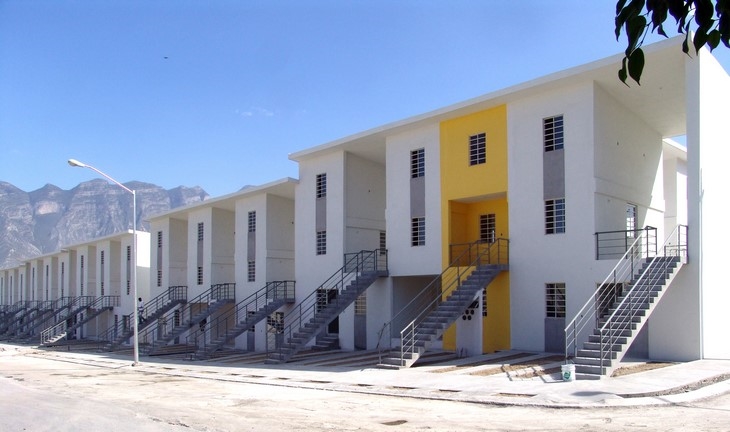 MONTERREY HOUSING, 2010, MONTERREY, MEXICO PHOTO BY RAMIRO RAMIREZ ? AN EXAMPLE OF MIDDLE-CLASS STANDARD ACHIEVED BY THE RESIDENTS THEMSELVES.
MONTERREY HOUSING, 2010, MONTERREY, MEXICO PHOTO BY RAMIRO RAMIREZ ? AN EXAMPLE OF MIDDLE-CLASS STANDARD ACHIEVED BY THE RESIDENTS THEMSELVES.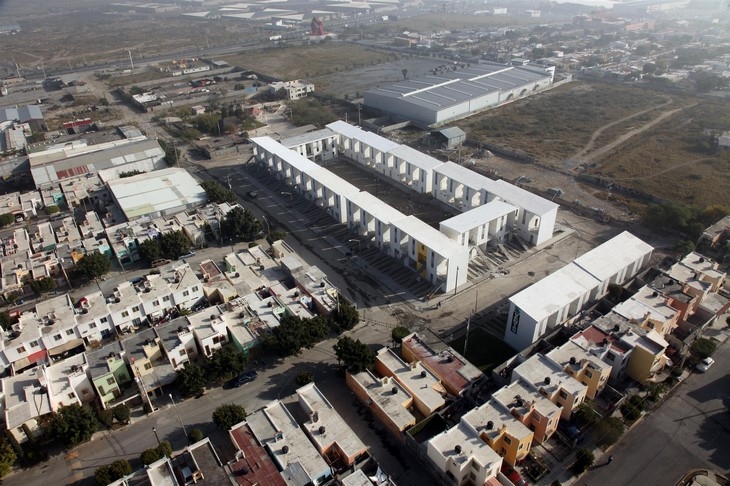 MONTERREY HOUSING, 2010, MONTERREY, MEXICO PHOTO BY RAMIRO RAMIREZ ? AN EXAMPLE OF MIDDLE-CLASS STANDARD ACHIEVED BY THE RESIDENTS THEMSELVES.
MONTERREY HOUSING, 2010, MONTERREY, MEXICO PHOTO BY RAMIRO RAMIREZ ? AN EXAMPLE OF MIDDLE-CLASS STANDARD ACHIEVED BY THE RESIDENTS THEMSELVES.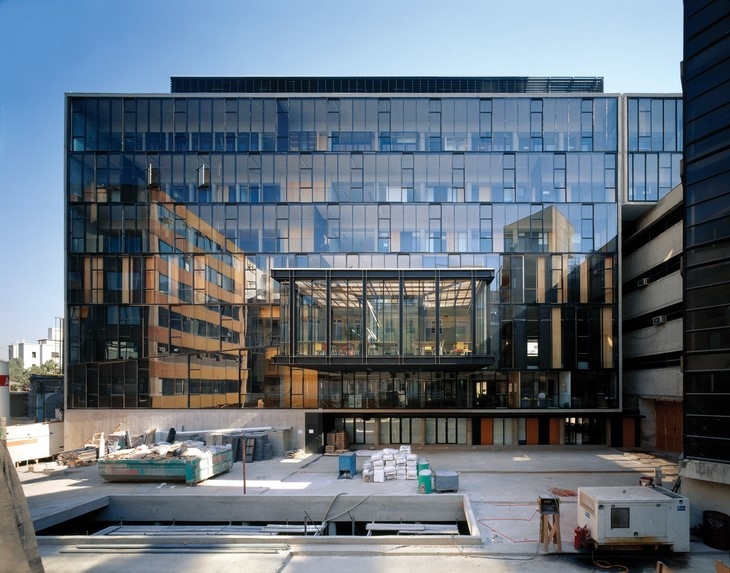 MEDICAL SCHOOL, 2004, UNIVERSIDAD CATÓLICA DE CHILE, SANTIAGO, CHILE PHOTO BY ROLAND HALBE
MEDICAL SCHOOL, 2004, UNIVERSIDAD CATÓLICA DE CHILE, SANTIAGO, CHILE PHOTO BY ROLAND HALBE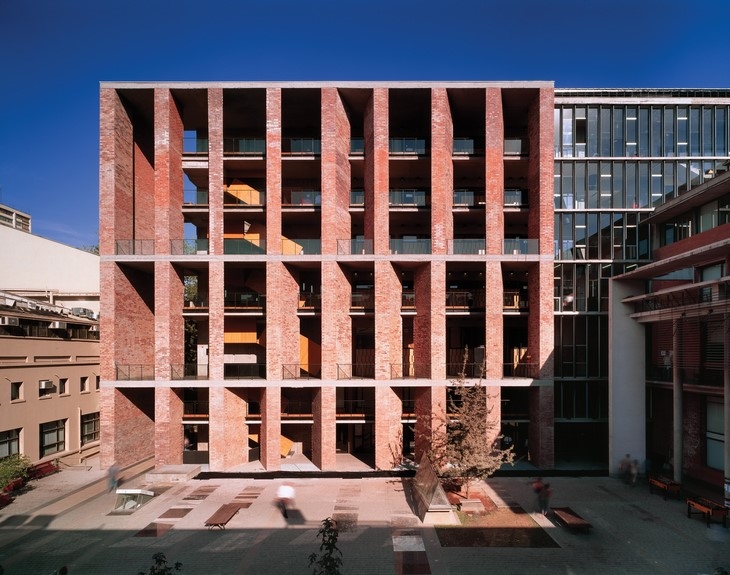 MEDICAL SCHOOL, 2004, UNIVERSIDAD CATÓLICA DE CHILE, SANTIAGO, CHILE PHOTO BY ROLAND HALBE
MEDICAL SCHOOL, 2004, UNIVERSIDAD CATÓLICA DE CHILE, SANTIAGO, CHILE PHOTO BY ROLAND HALBE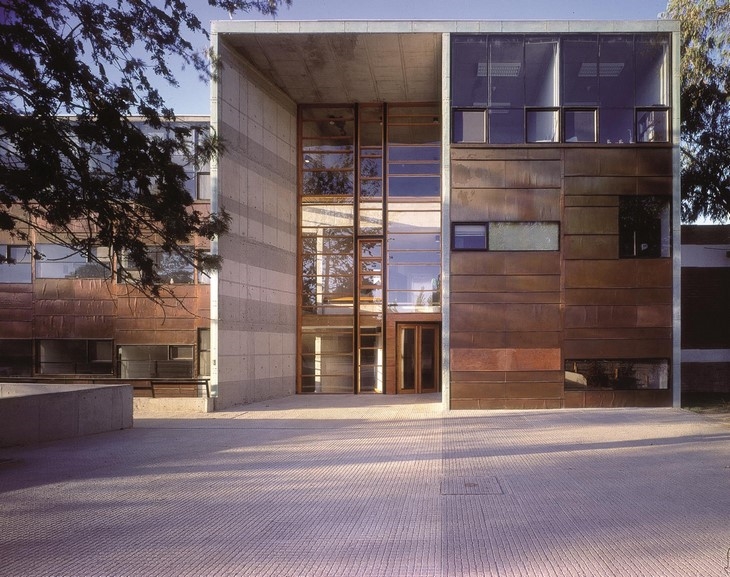 MATHEMATICS SCHOOL, 1999, UNIVERSIDAD CATÓLICA DE CHILE, SANTIAGO, CHILE PHOTO BY TADEUZ JALOCHA
MATHEMATICS SCHOOL, 1999, UNIVERSIDAD CATÓLICA DE CHILE, SANTIAGO, CHILE PHOTO BY TADEUZ JALOCHA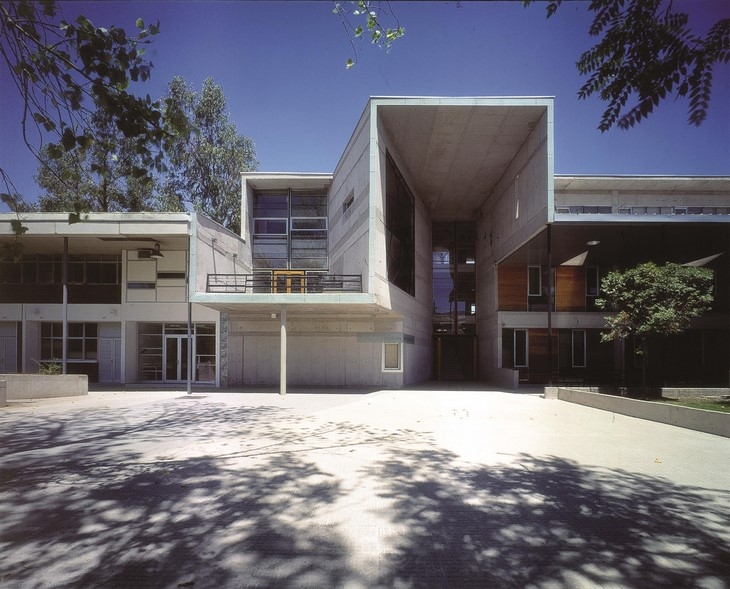 MATHEMATICS SCHOOL, 1999, UNIVERSIDAD CATÓLICA DE CHILE, SANTIAGO, CHILE PHOTO BY TADEUZ JALOCHA
MATHEMATICS SCHOOL, 1999, UNIVERSIDAD CATÓLICA DE CHILE, SANTIAGO, CHILE PHOTO BY TADEUZ JALOCHA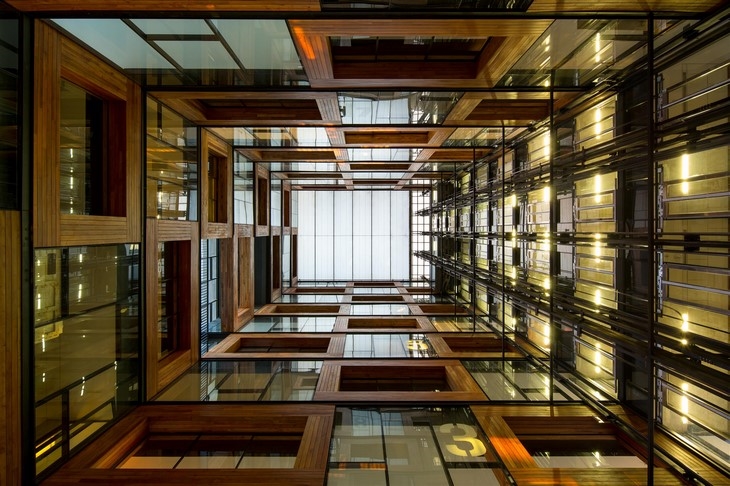 UC INNOVATION CENTER ? ANACLETO ANGELINI, 2014, SAN JOAQUÍN CAMPUS, UNIVERSIDAD CATÓLICA DE CHILE, SANTIAGO, CHILE PHOTO BY JAMES FLORIO
UC INNOVATION CENTER ? ANACLETO ANGELINI, 2014, SAN JOAQUÍN CAMPUS, UNIVERSIDAD CATÓLICA DE CHILE, SANTIAGO, CHILE PHOTO BY JAMES FLORIO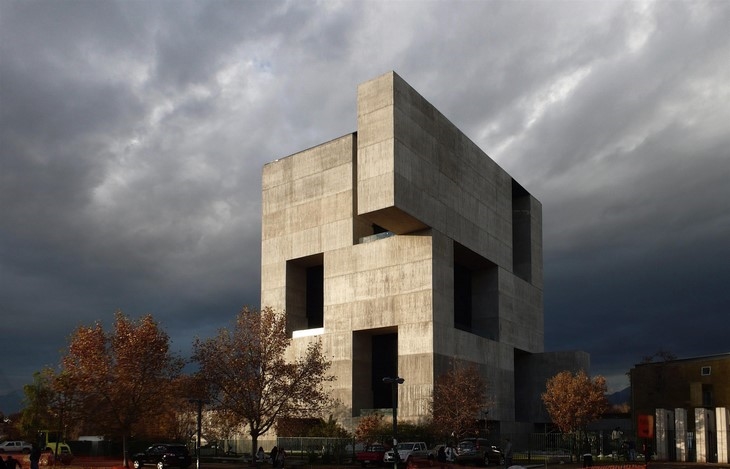 UC INNOVATION CENTER ? ANACLETO ANGELINI, 2014, SAN JOAQUÍN CAMPUS, UNIVERSIDAD CATÓLICA DE CHILE, SANTIAGO, CHILE PHOTO BY NINA VIDIC
UC INNOVATION CENTER ? ANACLETO ANGELINI, 2014, SAN JOAQUÍN CAMPUS, UNIVERSIDAD CATÓLICA DE CHILE, SANTIAGO, CHILE PHOTO BY NINA VIDIC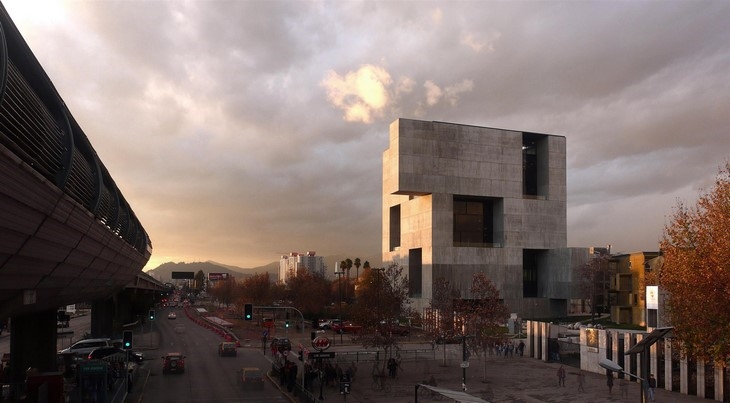 UC INNOVATION CENTER ? ANACLETO ANGELINI, 2014, SAN JOAQUÍN CAMPUS, UNIVERSIDAD CATÓLICA DE CHILE, SANTIAGO, CHILE PHOTO BY NINA VIDIC
UC INNOVATION CENTER ? ANACLETO ANGELINI, 2014, SAN JOAQUÍN CAMPUS, UNIVERSIDAD CATÓLICA DE CHILE, SANTIAGO, CHILE PHOTO BY NINA VIDIC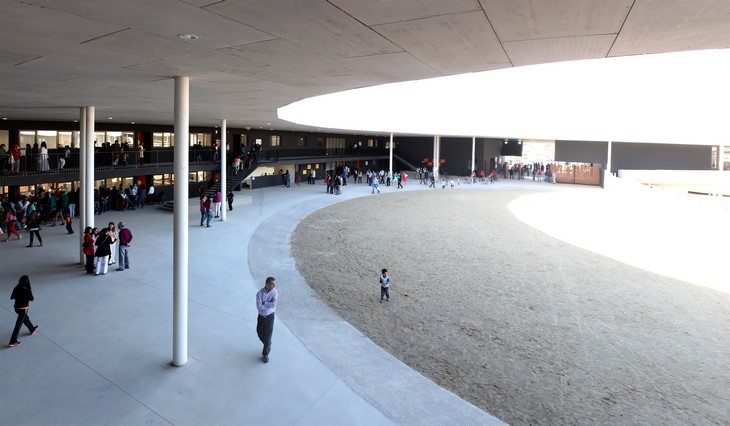 AYELÉN SCHOOL, 2015, RANCAGUA, CHILE PHOTO BY ELEMENTAL
AYELÉN SCHOOL, 2015, RANCAGUA, CHILE PHOTO BY ELEMENTAL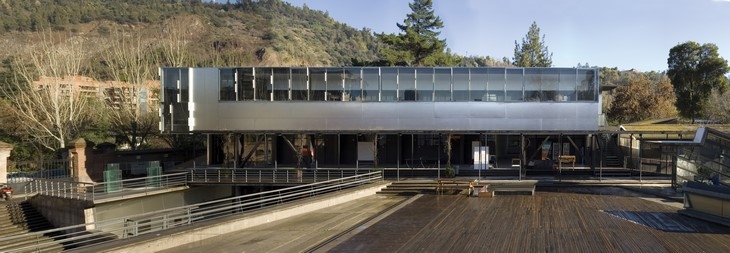 ARCHITECTURE SCHOOL, 2004, UNIVERSIDAD CATÓLICA DE CHILE, SANTIAGO, CHILE PHOTO BY MARTÍN BRAVO
ARCHITECTURE SCHOOL, 2004, UNIVERSIDAD CATÓLICA DE CHILE, SANTIAGO, CHILE PHOTO BY MARTÍN BRAVO2016 Announcement Video from The Pritzker Architecture Prize on Vimeo.
2016 Announcement Video
READ ALSO: THE INFINITE BRIDGE / GJØDE & POVLSGAARD ARKITEKTER